A scenic drive for 8 hours reaches Syabrubesi. We pass through the town of Kakani where there are great views of the Himalayas. For part of the way the road clings to the edge of a steep mountain. After reaching Dhunche, there is a police check post where we must show our entry permit for the Langtang National Park, which you’ll be trekking through. There are excellent views of Gheng (6581m) and Langtang Lirung (7246m) to the north and Ganesh (7460m) to the west from Dhunche. Traversing up and down after crossing a suspension bridge over the Langtang River, we reach Syabrubesi. Overnight stay at camp.



Today our trail continues down the ridge until we come to the east that drops sharply off the ridge and through a dense forest. Trail starts meandering through the cool deciduous forests of oak and maple that cover the lower sections of the valley and climbs through massive stands of spruce, fir and blue pine. Towering walls close in and our paths will skirt precipitous drops, which fall into a silt-laden river below. Cross a bridge (1960m) over a tributary of the Langtang Khola and then climbs up from the river and in an hour, shortly after the trail levels off, we join the old Langtang trail from Sherpa Gaon and Syabrubesi. Another hour from this trail junction brings us to the Lama Hotel in the tiny village of Chon gong. Overnight stay at camp.



Today we start getting the first tantalizing glimpses of snow-capped peaks. From the Lama Hotel the trail climbs steadily to Ghora Tabela with glimpses of Langtang Lirung (7246m) through the trees. At Ghora Tabela the trail leaves the forest and a spectacular view of Langtang Lirung appears. Continuing up the valley, leaving the forests behind, the trail ascends steadily up to Langtang village, passing below a monastery about 30 min beforehand. Langtang is an interesting Tibetan-style village with stone- walls enclosing houses and fields where we just might see first yaks. Overnight stay at camp.



Our trail ascends gradually to a chorten behind which is a very long Mani wall. The trail passes two small villages and the village widens. We cross some streams and a moraine before arriving at Kyanjin Gompa. Between Langtang and Kyanjin Gompa, the views just get better and better where we’ll see Yansa Tsenji (6580m) and Kimshun (6750m) to the north and the Langtang Himal to the northwest. Take a good rest at camp and allow the body to acclimatize with the high altitude as much as possible to be fully prepared for more ascending during the next day.



The trail further up the valley past the airstrip will provide more spectacular views that include Langtang Lirung (7246m), Ganchenpo (6400m), Langshisa Ri (6320m), Dorje Lakpa (6700m), Lenpo Gang (7100m), and Urkinmang (6170m). Four hours walk to the east of Kyanjin Gompa from the village is 5000m Tserko Ri. If we start early in the morning and are well-acclimatized, we should be able to climb this peak and return to Kyanjin Gompa in 1 long day. The reward for climbing to the prayer flags on its summit is a magnificent view of the 7246m Langtang Lirung, the mountain that dominates the valley. Several of the more moderate local peaks are quite climbable and provide breathtaking panoramic views of mountains in Tibet, including the 8027m Chisa Pangma. Overnight stay at camp.



On this day, you will trek about six to seven hours in order to reach Nyengang Kharka. You will pass by many beautiful villages. You will have to walk through a steep ascend and will be cherished by the natural vegetation of the surrounding area. As there are no houses or lodges found in this area, you need to stay overnight at camp. The trail goes on ascending and the area is covered with little natural vegetation. No villages can be seen in this area, hence no lodges are available. We will stay overnight at camp.



Today is the shortest day among the whole trek. On this day, we will be ascending towards the High camp. The walk is about three to four hours and is a bit steeper. Upon arrival at High camp, explore around the area . Recharging energy for tomorrow .



Today’s trek is comparatively more strenuous one as you have to cross the Ganja La Pass (over 5,200m) covered with snowy ice in most months. Enroute, you will find the paths covered with snowy ice mostly when you are trekking during winter season. Ganja La Pass is known as one of the most difficult passes since it is covered with snow throughout the year. Continuing our walk, we make the long ascent through the boulders, pass the small lakes, and summit the Ganja La which is situated on a rocky moraine. Enjoy the spectacular views from the pass. Climbing up and down the pass can sometimes be tricky due to snowfall and ice. From the pass, we descend down to Keldang where we will camp tonight.



On this day, you will walk along the ridges and grassland. You will have an amazing view of Mountains today. You will walk through a forest, which will be an adventurous experience to you. Though the walk is long but it is worth trekking as you will be amazed by the natural beauty of this village. You will camp overnight at Dukpu.



From Dukpu, the first part of the trail ascends and then descends slightly. Today, we lose altitude considerably, about 1500 meters. On the way, you can see spectacular views of Annapurna and Everest region. From the pass the trail descends through the pine forest, rhododendron forest past a tiny herder settlement called Tarkeghyang. You can visit one of the oldest Buddhist monasteries and Sherpa villages in this region. We cross the river and climb to the atmospheric stone village of Tarke Gyang. You will be welcomed by cheerful and friendly people of this village. These villages are well settled where friendly and cheerful natured people inhabit. Overnight stay at camp.



On this day, we will visit monastery of Tarke Gyang. The village is very beautiful and interesting as well. We can see many beautiful monasteries and stupas here. Most of the people living here are Buddhists. Tarke Gyang is situated at the height of 2740 meter. It is another Sherpa town along the way, which bears its own story. The town name means temple of “100 horses” and was taken from the name of a temple established in 1727 by a Lama (Buddhist monk) who was called on by the king of Kathmandu (Kantipur) to stop an epidemic. As his reward the Lama asked for 100 horses, which he brought here. The local temple, rebuilt in 1969, follows the Bhutanese style. Overnight stay at camp.



Leaving behind the beautiful village of Tarke Gyang, we walk through lush forest valley to Sermathang. Passing through flat lands and walking through jungles, beautiful villages and Mani walls, the trail is moderate level of trekking today. We trek on crossing some small streams on the way. There is situated a beautiful village on the half way to Sermathang. To add your joy, Sermathang is another pretty Sherpa village where you can visit many ancient monasteries. There you can see Jugal Himal range at the north face of Sermathang village. Overnight stay at camp.



Leaving the pretty Sherpa village, we gradually descend towards Melamchi bazaar. The walk is quite pleasant today with the panoramic views of Mountains. Exploring the countryside, we pass through various diversity of culture and village life style. The trail gradually descends all the way to Melamchi Pool Bazaar through meadows ad cultivated fields. On the way, you come across several old villages with their own particular tradition. We will camp overnight at Melamchi Bazaar today.



On our final day of the trek, we walk down to Melamchi Pool Bazaar with many Sherpa village. There you will meet a vehicle waiting for your arrival. Then you will be escorted to Kathmandu through the bumpy graveled roads. Upon your arrival at Kathmandu, transfer to hotel for your overnight stay.




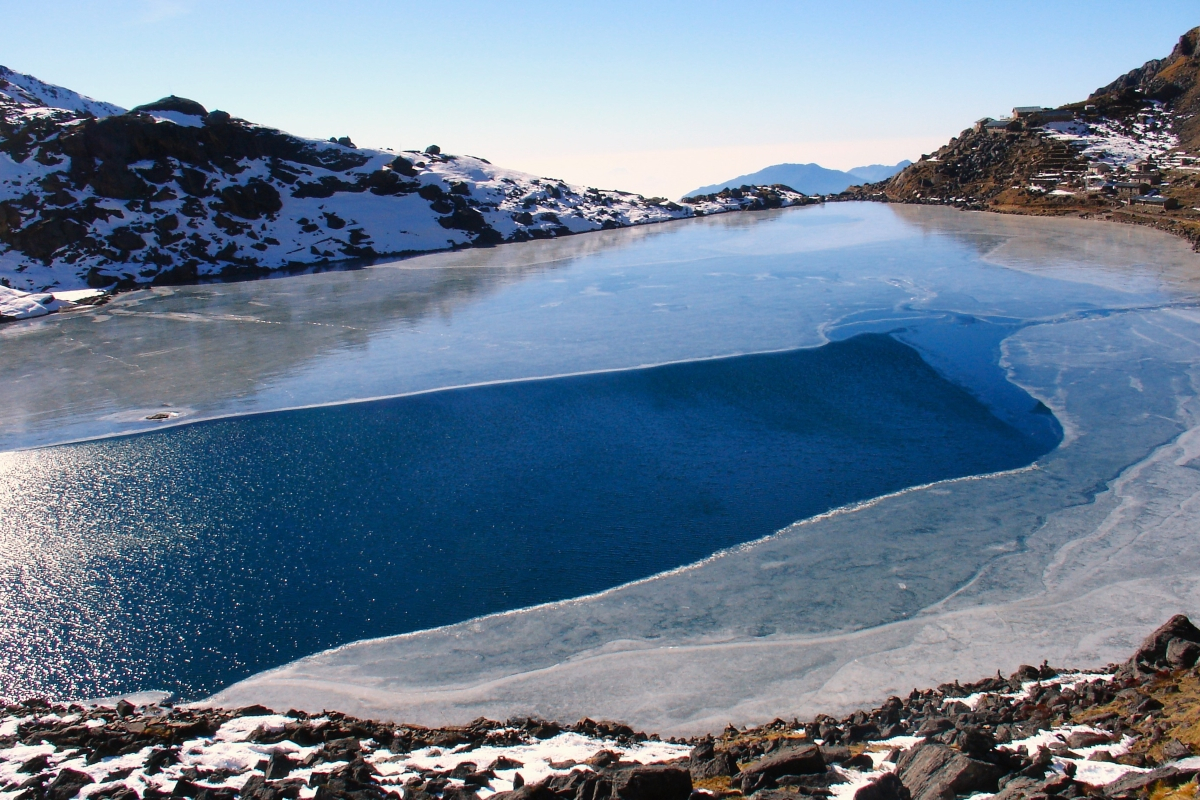
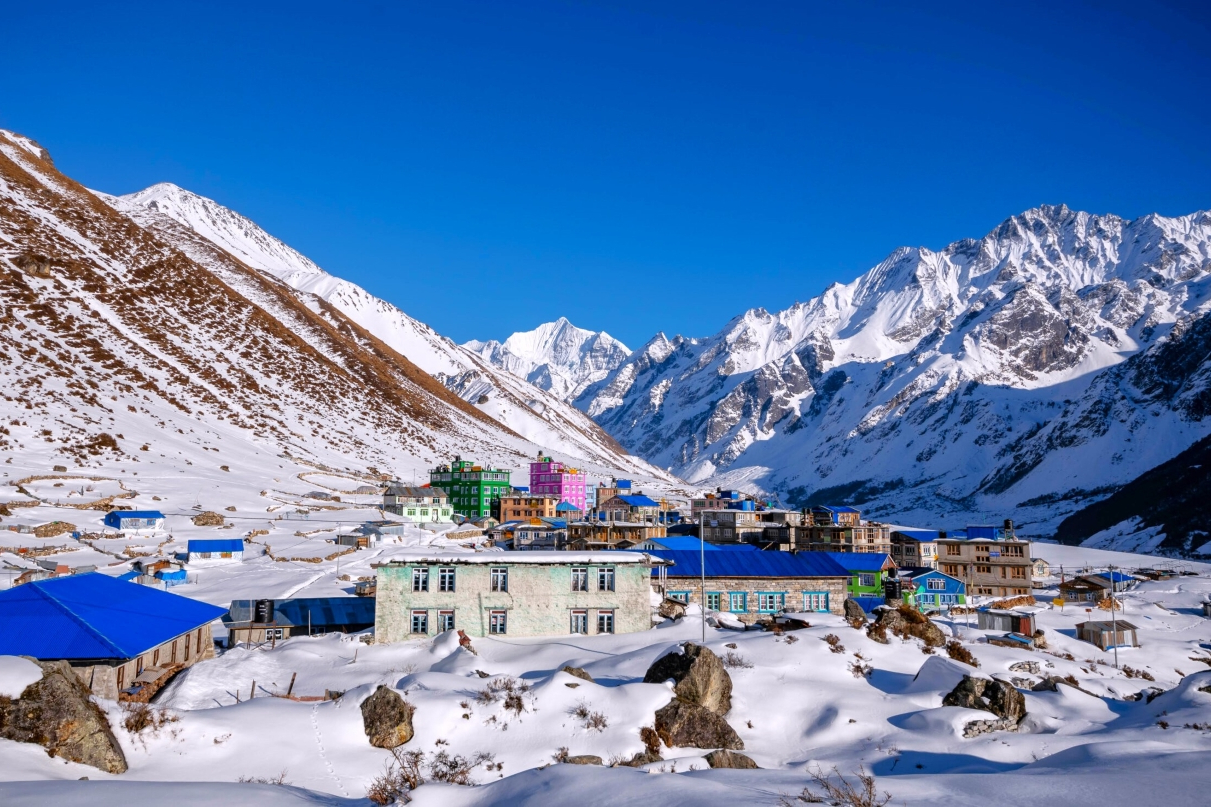
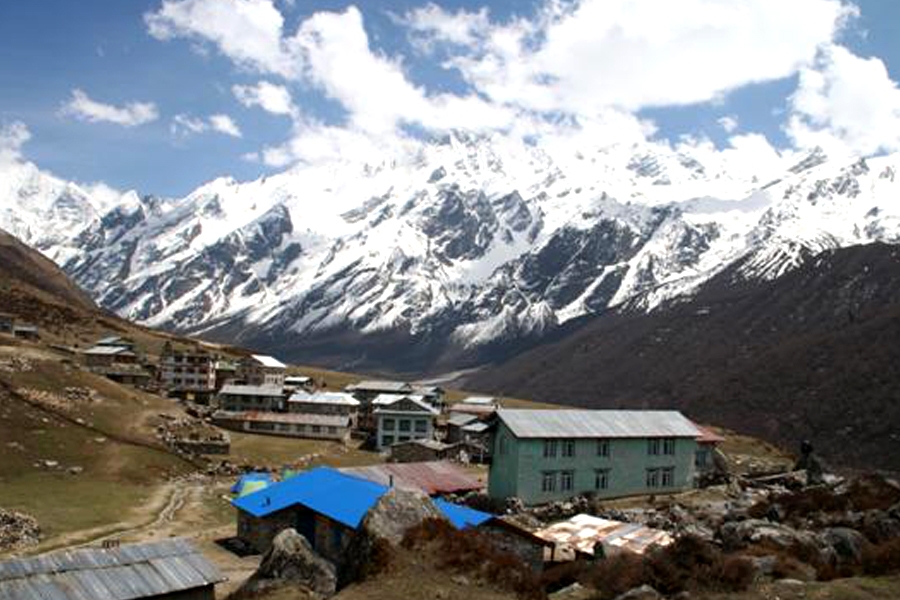
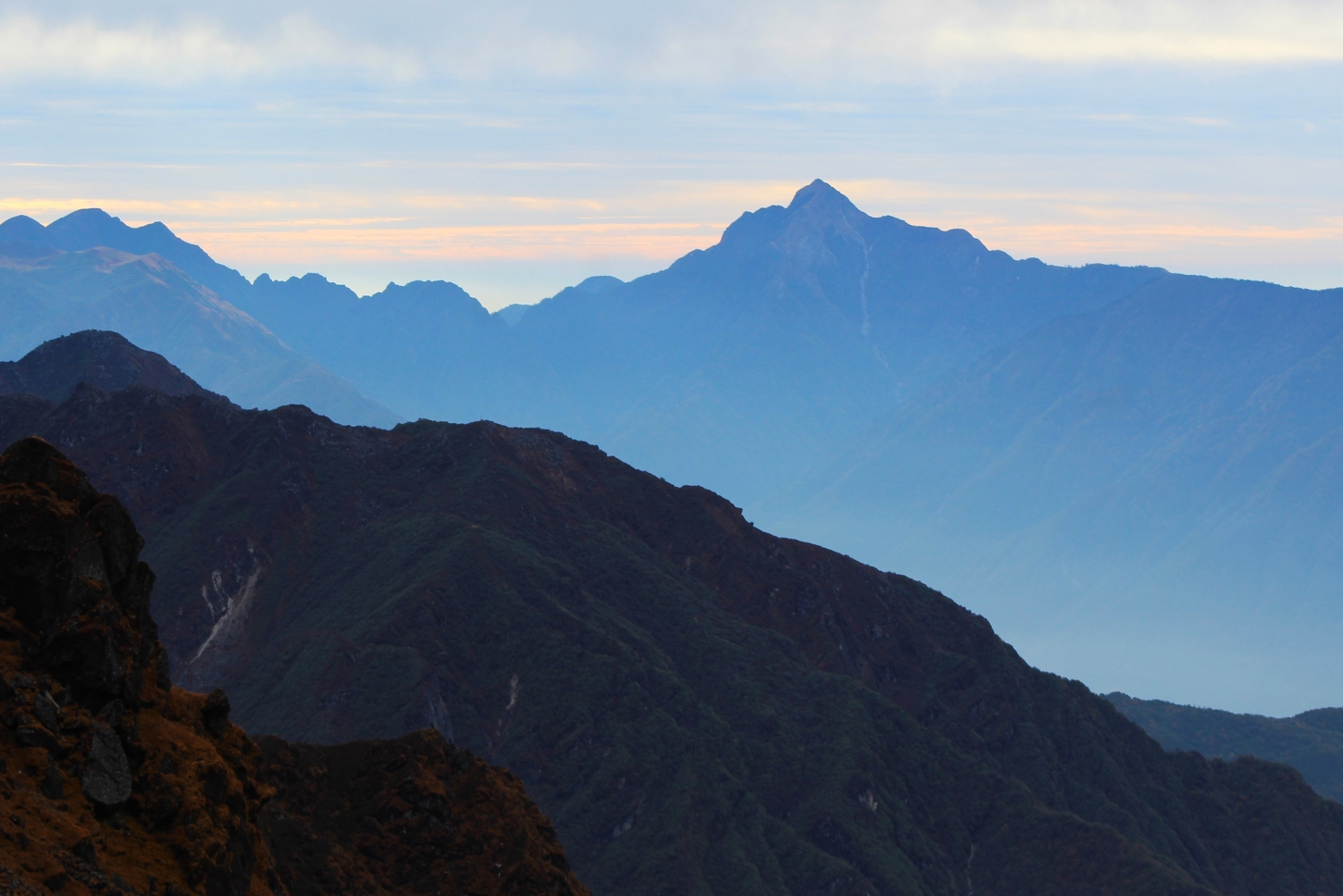
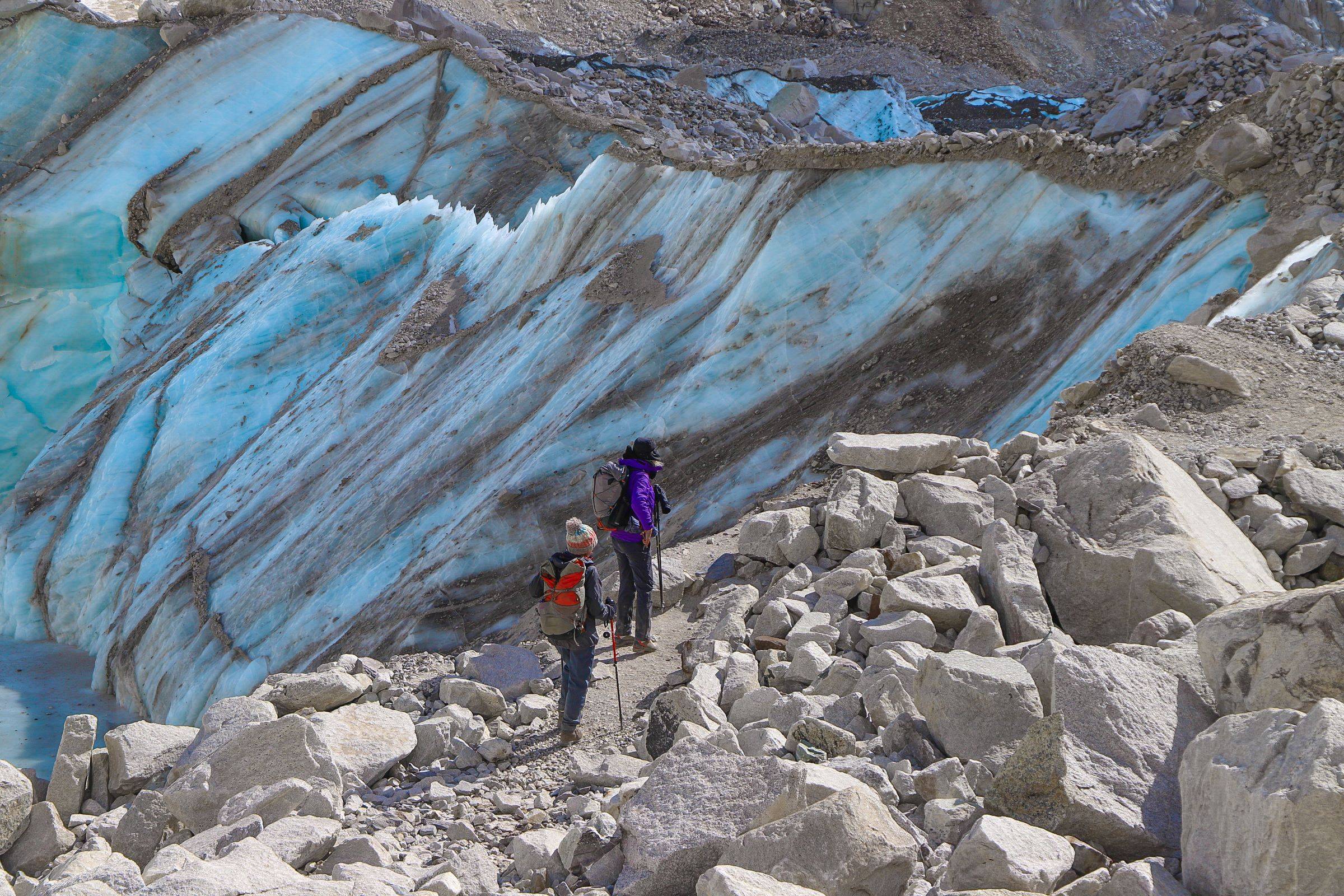

Discover incredible offers for your upcoming adventure by subscribing to our newsletter with the latest travel tips and updates.
